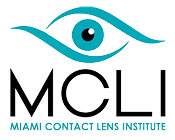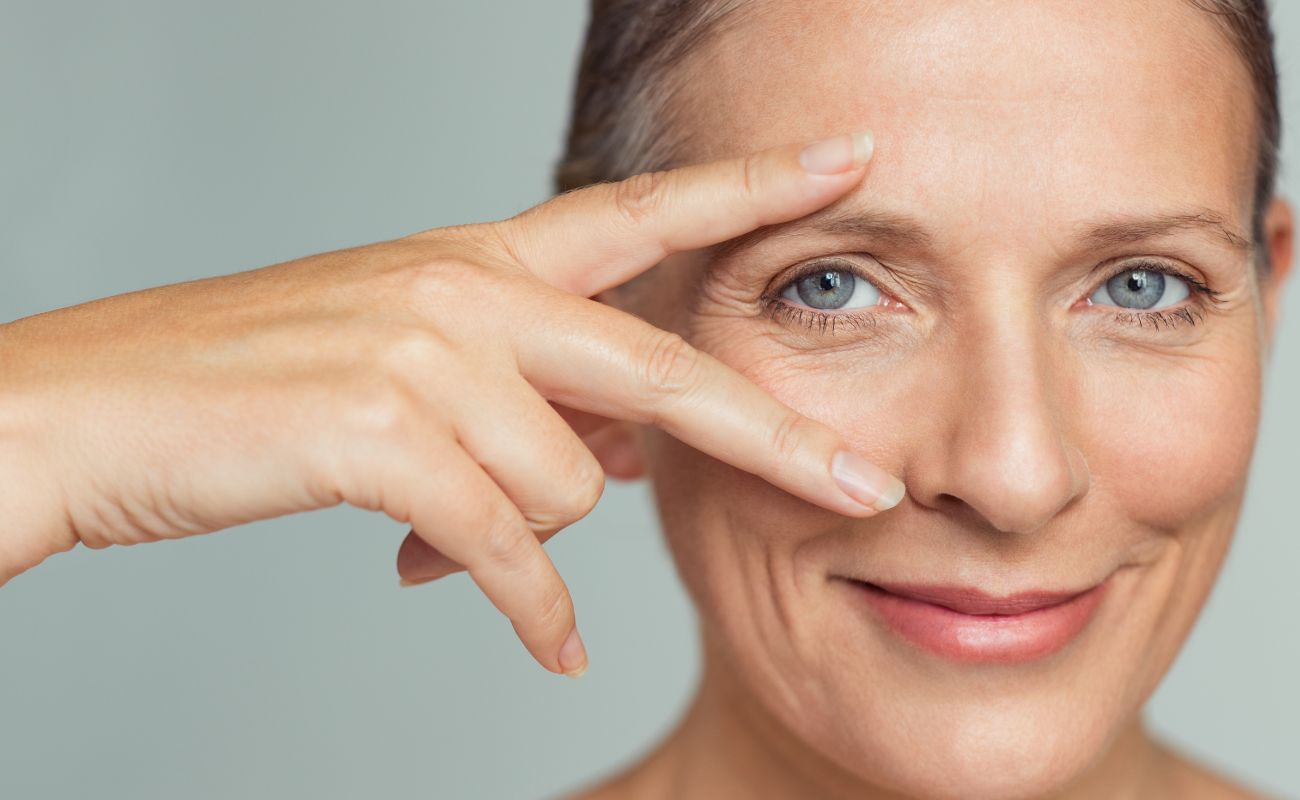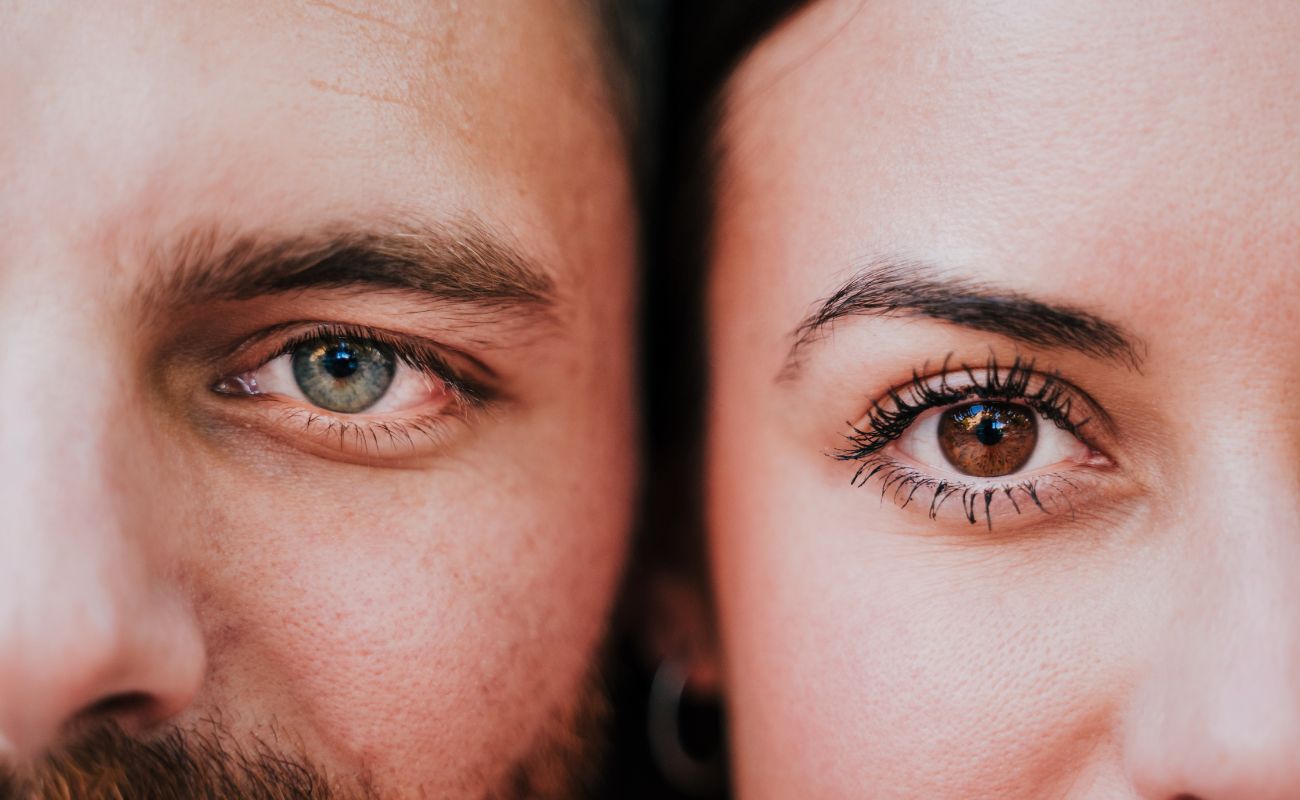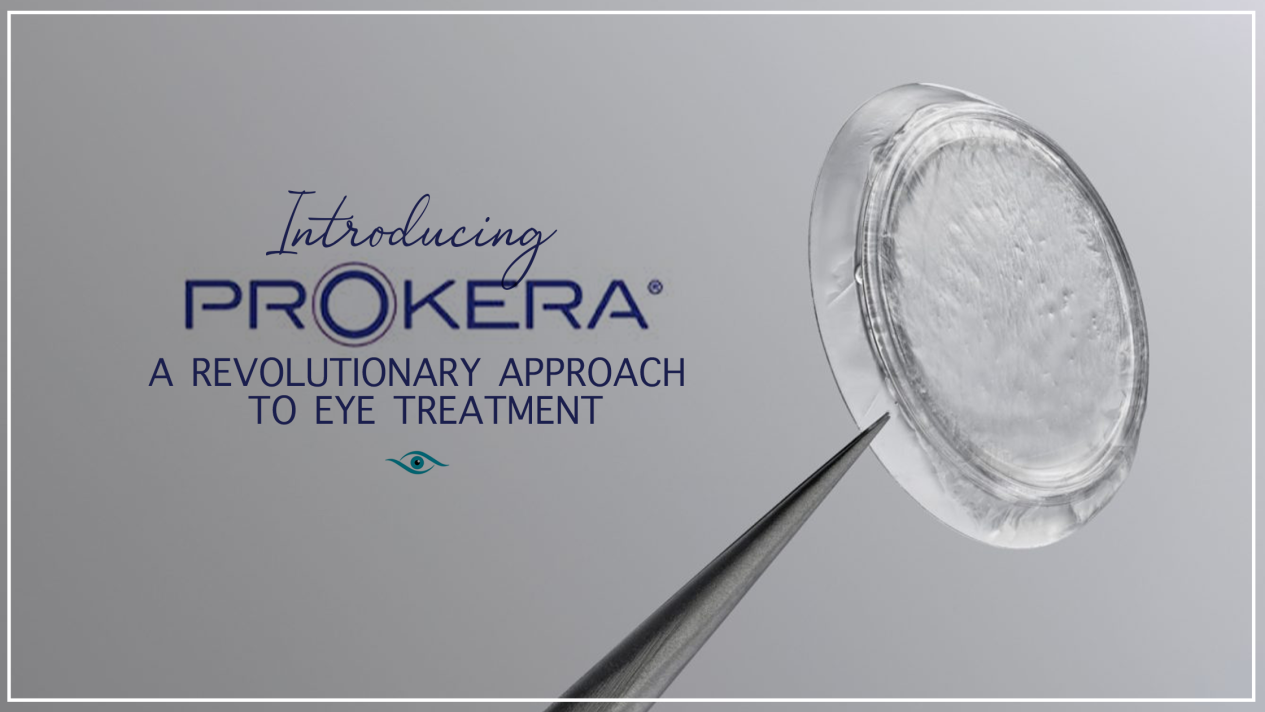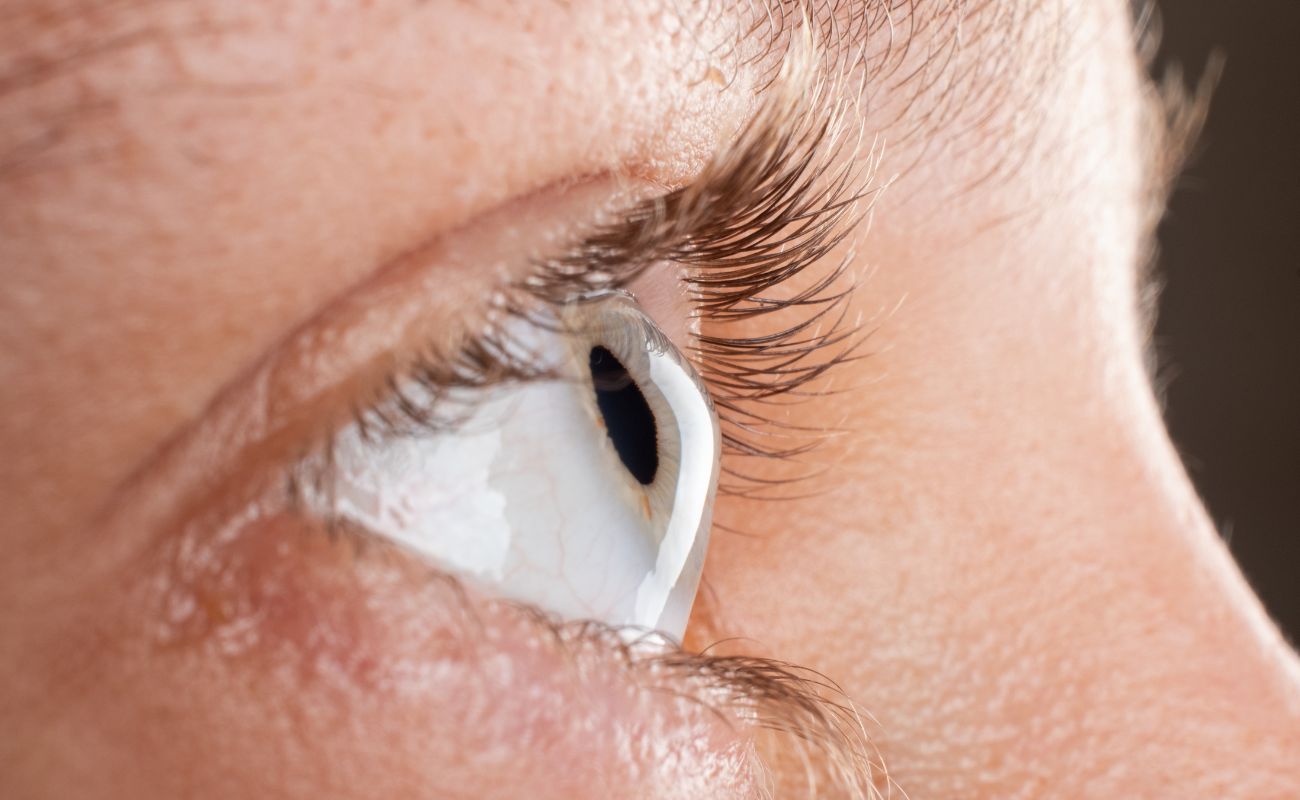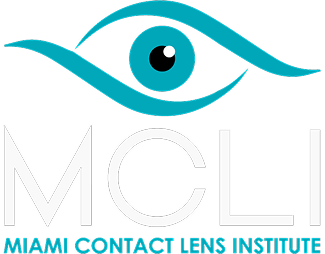Dry eye is a common but complex condition that affects millions of patients in the U.S. Dry eye can differ significantly between individuals and requires a tailored approach for effective treatment. Aqueous deficiency and evaporative dry eye result from a gland dysfunction, which can have a variety of causes. Diagnosing and treating dry eye is critical to prevent long-term complications like vision loss.This blog explores aqueous-deficient and evaporative dry eye to help you identify your symptoms and better understand your treatment options. If you experience the symptoms we discuss, reach out to your eyecare practitioner for support.
What Is Aqueous-Deficient Dry Eye?
Tears consist of three distinct layers: the mucin, the aqueous- and the lipid layer. The aqueous layer is the watery component of the tear film produced by the lacrimal glands. When the tear film’s watery layer is insufficient, the eye cannot maintain enough moisture to remain lubricated.
Symptoms of Aqueous-Deficient Dry Eye
Patients who do not produce enough tears will experience significant ocular discomfort. The most common symptoms include eye pain, itching, burning, blurred and/or fluctuating vision. Individuals may also experience irritation or grittiness in their eyes and struggle to wear contact lenses comfortably.
What Is Evaporative Dry Eye?
The meibomian gland produces the lipid layer (meibum) of the tear film and prevents excessive evaporation of the aqueous layer. Evaporative dry eye is typically a result of meibomian gland dysfunction, which happens when the glands become clogged and eventually atrophy if not treated. The meibum produced may also be of a lower quality that doesn’t sufficiently prevent evaporation.
Symptoms of Evaporative Dry Eye
Patients with a lipid layer imbalance will experience sensitivity to light, stinging, burning, ocular fatigue, difficulty wearing contact lenses, and a feeling of grittiness in the eyes. Eyes are often red and itchy, with blurry vision and swollen eyelids. Chronic styes and a sticky or crusty discharge indicate evaporative dry eye.
How Is Dry Eye Diagnosed?
Accurate dry eye diagnosis requires a visit to an eye doctor, who will perform a thorough examination. We can perform a series of tests to determine your dry eye type and severity. Diagnostic tests assess tear quality, production, and overall ocular health to understand the cause of your symptoms.Depending on your symptoms, your eyecare practitioner will start by evaluating the health of your lacrimal and meibomian glands to find the underlying source. A Schirmer’s test may also be performed to check your tear production for signs of aqueous deficiency.A tear breakup time (TBUT) test looks for signs of evaporative dry eye by placing a dye on the eye to assess the stability of your tear film. Ocular surface staining also uses a dye to evaluate the health of the cells on the eye’s surface. In addition,meibographyis a non-invasive imaging test that allows your doctor to visualize the structure of the meibomian glands, oil-producing glands essential for a stable tear film. These tests work together to help your doctor accurately diagnose dry eye disease and develop an appropriate treatment plan.In many cases, patients present with features of both aqueous-deficient and evaporative dry eye, a condition known asmixed dry eye. Recognizing this overlap is essential for selecting the most effective combination of therapies.
How Is Dry Eye Treated?
Qualified eyecare practitioners can treat dry eye in various ways depending on its severity, underlying cause, and specific symptoms. While some home remedies, such as warm compresses, eyelid hygiene, or omega-3 supplements, may provide relief, it’s essential to consult with a professional before attempting self-treatment, as incorrect management may worsen the condition.Your eye doctor may recommend artificial tears, lubricating ointments, or anti-inflammatory medications, including topical corticosteroids orimmunomodulatorslike cyclosporine or lifitegrast, to reduce inflammation and support tear production.Punctal occlusion, which involves inserting small plugs into the tear drainage ducts, can help retain moisture on the eye’s surface. Depending on your case,in-office proceduressuch as thermal pulsation therapy, intense pulsed light (IPL), or radiofrequency treatments may also be offered to restore healthy meibomian gland function.Each treatment option has its benefits and limitations, which your optometrist will discuss with you to determine the best personalized plan.
Can Other Medical Conditions Cause Dry Eye?
Several medical conditions can lead to aqueous-deficient and evaporative dry eye. Sjögren’s syndrome affects the moisture-producing glands throughout the body, including those in the eyes, resulting in dry eye. Rosacea is another condition that can affect the eyes and contribute to dry eye symptoms. Post-surgical patients who have undergone LASIK and PRK can experience dry eye that can be particularly uncomfortable if left untreated.
What Are the Long-Term Effects of Untreated Dry Eye?
Tears have several vital roles in maintaining ocular health. They free your eyes from debris and potential irritants, like dust or dislodge eyelashes. Tears also contain lysozyme, which prevents eye infections that can cause ocular damage. They also contribute to light refraction by creating a smooth surface, which enables clear vision.Without adequate moisture, you may experience considerable discomfort, frequent infections, painful inflammation, and damage to the corneal surface. Without tears, the friction of blinking can lead to abrasions, ulcers and, over time, vision loss. It is critical to treat dry eye promptly to prevent complications and long-term damage.
Personalized Treatment for Improved Eye Health
Understanding the difference between aqueous-deficient and evaporative dry eye is essential for effective treatment. Each condition requires a treatment plan that meets the individual’s needs. At Miami Contact Lens Institute, our qualified and experienced eyecare practitioners will work closely with you to relieve your symptoms, prevent complications, and protect your long-term ocular health.
